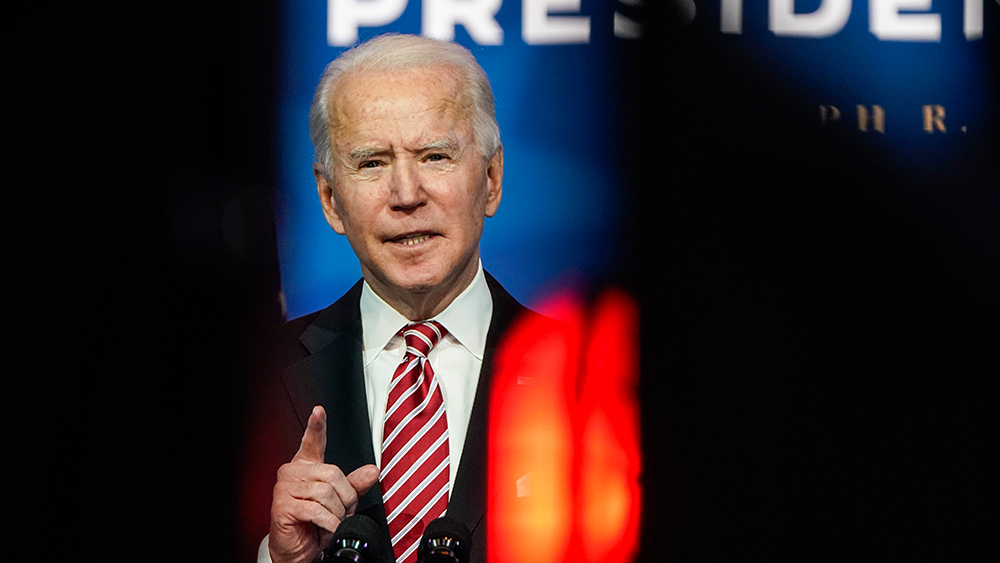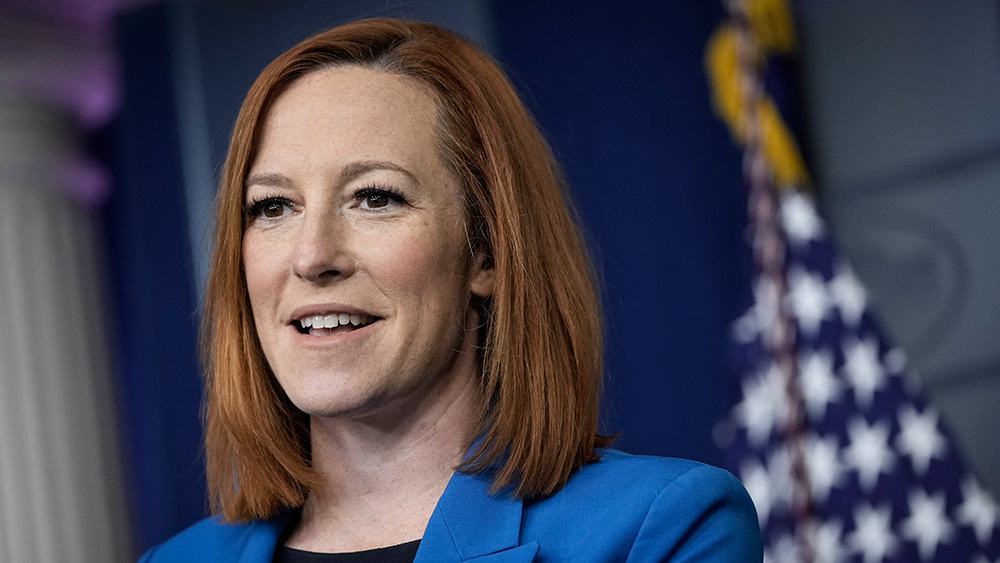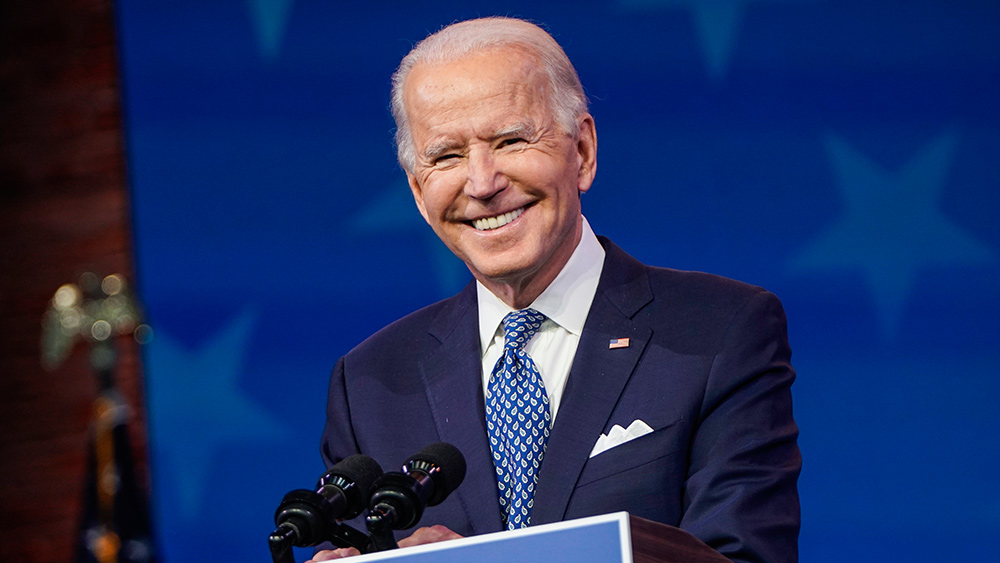The Federal Reserve hides price inflation, but why?
09/14/2021 / By Mary Villareal

Federal Reserve Chairman Jerome J. Powell says that he supports “tapering” toward the end of the year, adding that interest rate hikes are a long way off. By tapering, he means that the central bank should reduce its monthly purchases of bonds and slow down the monthly increase in the quantity of money. Even with tapering, the Fed will produce newly printed U.S. dollar balances, but to a lesser extent.
Financial markets were not alarmed by the announcement: Ten-year treasury yields are still trading at a level of 1.3 percent, and the Standard & Poor’s 500 stock index hovers along with record highs.
This could mean that investors don’t believe in the Fed’s suggestion that it will begin tapering, or that tapering is of much lower importance for financial market asset prices and economic activity.
As a result of the lockdown crisis beginning early 2020, investors fear a collapse in the economic and financial system. Credit markets, in particular, went wild as borrowing costs skyrocketed and risk premiums grew drastically. Market liquidity also dried up, putting pressure on borrowers who need funding. Is wasn’t long before the Fed needed to underwrite the credit market, and that it would open monetary spigots to issue money to fund government agencies, banks, hedge funds, and other businesses. This allowed the market to calm down and start flowing again.
Federal Reserve safety net
The Fed’s creation of a safety net is not new. In 1987, when the stock market crashed, then-Fed chairman Alan Greenspan lowered interest rates to help stock prices recover, setting a precedent that the Fed could come to the rescue in case of a financial crisis. (Related: The Federal Reserve Plan: Steal the Value of Your Money and Give It to Banks.)
However, this is not always the case. The U.S. dollar fiat money system depends more than ever on the Fed to provide commercial banks with sufficient money. Because of the high level of debt in the system, the Fed must also do its best to keep market interest rates artificially low. To do so, the Fed can lower its short-term funding rate. It can also opt to buy bonds: by influencing bond prices, the central bank can influence bond yields. Given its monopoly status, the Fed can then print up dollars it needs at any given point.
The Fed can also make it clear to investors that it can fight forms of crisis, and bail out the system no matter the cost. If such a promise is considered credible form the financial market community’s point of view, the interest rates and risk premiums can remain low without any bond purchases on the part of the Fed.
The critical factor is the interest rate. Artificially lowering the interest rate sets a boom in motion, which could become problematic when the interest rate rises again. The longer the central bank succeeds in pushing down interest rates, the longer it can sustain the boom. This is why the Fed wants to dispel the notion of hiking interest rates soon: tapering would not result in an immediate upward pressure on the interest rates, and if investors willingly buy the bonds that the Fed is no longer interested in buying, or if the bond supply declines.
Rising interest rates could collapse the debt pyramid and result in a collapse in output and employment. This is why the Fed is doing whatever it can to hide inflation from the public. The rise in consumer goods is usually dismissed as temporary. If it decides to keep interest rates artificially low, it will have to monetize growing debt and issue larger amounts of money, which can drive up goods price inflation, leading to devaluation of currency. If the Fed prioritizes lowering inflation, it will need to raise interest rates and reign in money supply, triggering recession depression.
It is difficult to see how the U.S. can escape the debasement of dollar and the recession; however, it is likely that high inflation will come first, followed by a deep slump. Inflation is seen as the lesser of two evils, especially in an environment where people still consider inflation to be relatively low.
There is a limit to this, but until the limit is reached, the central bank still has some leeway in continuing its inflation policies.
Read more at DebtCollapse.com.
Sources include:
Tagged Under: Bubble, Collapse, credit markets, debt, economics, economy, Federal Reserve, financial market, Inflation, investors, money supply, national debt, recession, S&P 500, system failure, US Treasury
RECENT NEWS & ARTICLES
COPYRIGHT © 2018 GOVERNMENTDEBT.NEWS
All content posted on this site is protected under Free Speech. GovernmentDebt.news is not responsible for content written by contributing authors. The information on this site is provided for educational and entertainment purposes only. It is not intended as a substitute for professional advice of any kind. GovernmentDebt.news assumes no responsibility for the use or misuse of this material. All trademarks, registered trademarks and service marks mentioned on this site are the property of their respective owners.




















